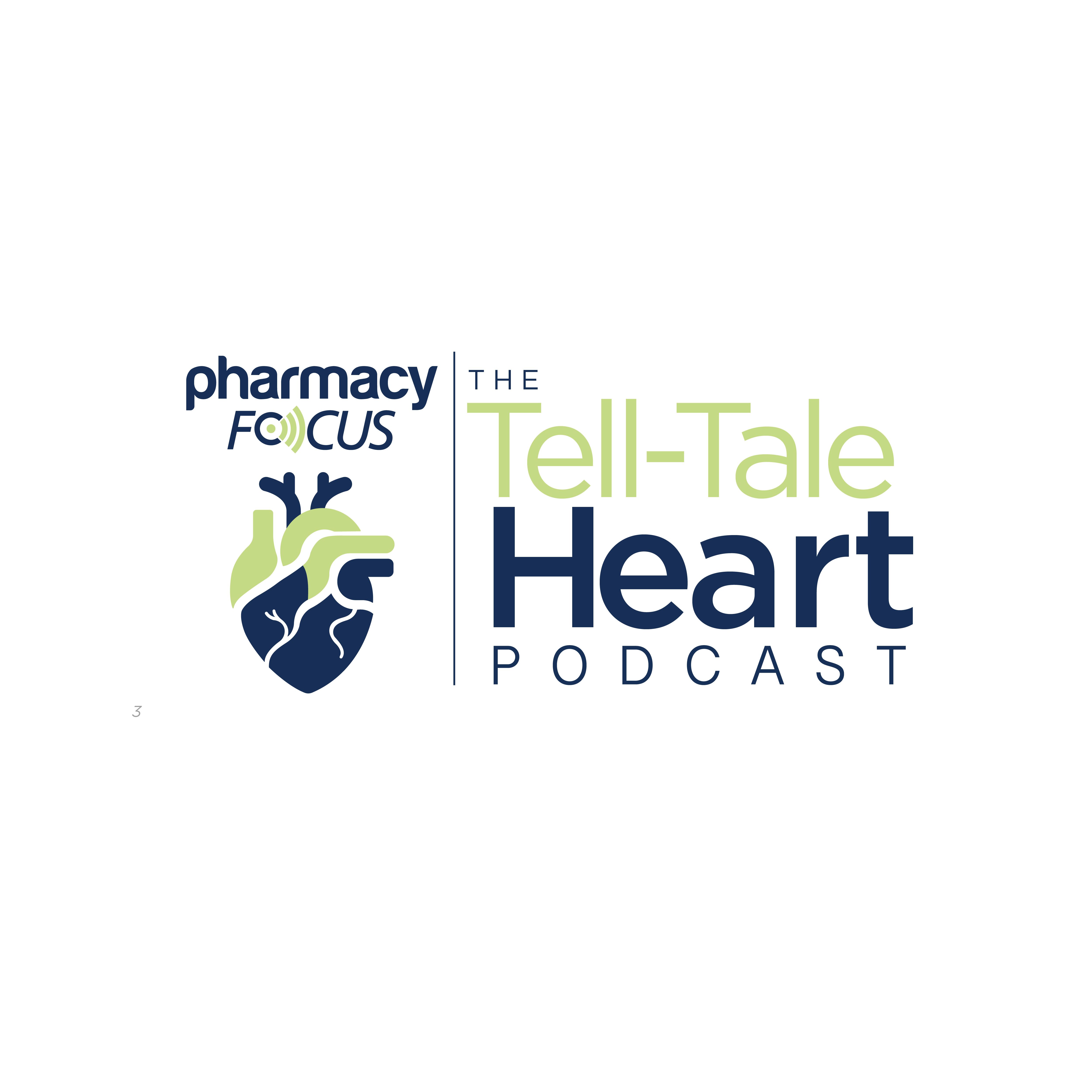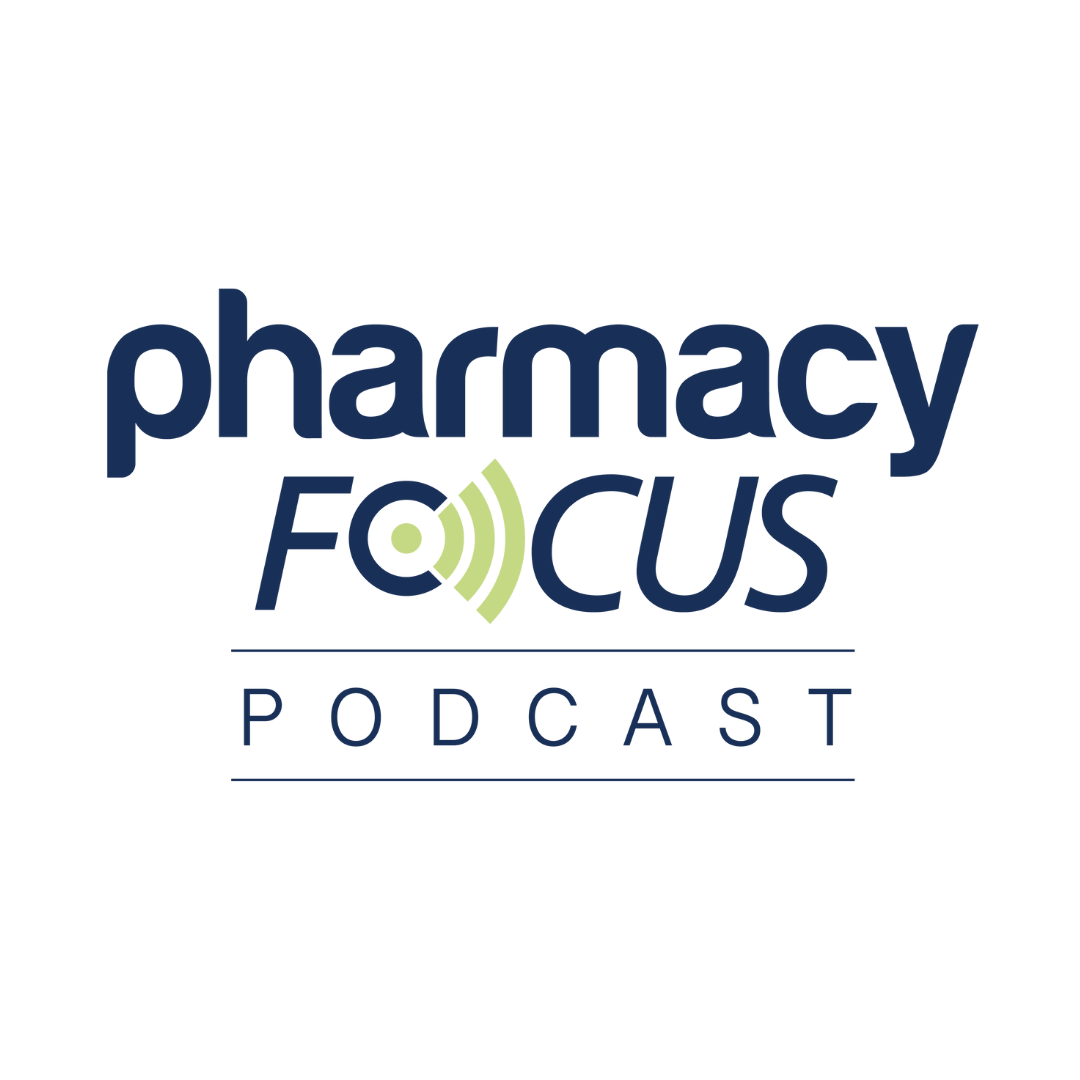News
Article
The Impact of Postherpetic Neuralgia on Frailty in Older Adults with Herpes Zoster
Author(s):
Key Takeaways
- Herpes zoster affects 1 in 3 U.S. individuals, with 10-18% developing postherpetic neuralgia (PHN), increasing frailty risk.
- A study found older adults with PHN had a higher frailty risk, especially with large skin lesions.
Results support a 2020 meta-analysis showing that older adults with chronic pain are nearly twice as likely to develop frailty compared to those without chronic pain.
The CDC estimates that 1 in 3 individuals in the United States will develop herpes zoster, commonly known as shingles, at some point in their lifetime.1 Among these patients, approximately 10% to 18% will experience postherpetic neuralgia (PHN), a debilitating complication that causes severe nerve pain lasting months or even years.1,2
Frailty increases the risk of negative health outcomes | Image credit: David L/peopleimages.com | stock.adobe.com

Chronic pain has been consistently linked to an increased risk of frailty, particularly in older adults. Subsequently, frailty increases the risk of negative health outcomes such as falls, hospitalizations, and mortality. Although the risk and prevalence of developing PHN increases with age and immunocompromised state, evidence showing its association with frailty has been lacking. However, study results published in Frontiers in Public Health examined this relationship in older adults with shingles.2
Over a 3-month period, researchers followed 215 adults with herpes zoster aged 65 and older who were classified as non-frail at baseline. Among them, 85 developed PHN. The risk for frailty was further determined by factors such as lesion site and area, depression and anxiety status, nutritional score, and other comorbidities. The findings confirmed that individuals with PHN exhibited a significantly higher risk of developing frailty compared to those without PHN.2
These results support a 2020 meta-analysis showing that older adults with chronic pain are nearly twice as likely to develop frailty compared to those without chronic pain.2 In patients with postherpetic neuralgia specifically, the risk of frailty is most notably increased in those with large skin lesions.2
Additionally, comorbidities such as hypertension, diabetes, and chronic obstructive pulmonary disease coupled with sleep disorders, poor nutrition, and poor mental health further exacerbate the onset and severity of frailty. Patients suffering from PHN are especially vulnerable, as their immunocompromised state and restricted physical activity often lead to a sedentary lifestyle, compounding the risk of frailty.2
Health care professionals play a crucial role in identifying and managing risks associated with PHN and frailty in older adults with herpes zoster. It is essential to implement early interventions that address and effectively manage pain, nutrition, physical activity, comorbidities, and mental health and well-being.
As medication experts and patient educators, pharmacists are in a unique position to address polypharmacy and adverse effects, promote preventive care by educating on the shingles vaccine, and encourage lifestyle modifications. By pre-screening at-risk older adults, health care providers can proactively help reduce the risk and burden of frailty and subsequently help improve health outcomes and quality of life in aging populations.
REFERENCES
1. Shingles (herpes zoster): Shingles facts and stats. Centers for Disease Control and Prevention. Accessed March 11, 2025. https://www.cdc.gov/shingles/data-research/index.html
2. Shen Y, Lin P. Association between frailty and postherpetic neuralgia in the older adult with herpes zoster. Front. Public Health. 2025;13. doi:10.3389/fpubh.2025.1511898
Newsletter
Stay informed on drug updates, treatment guidelines, and pharmacy practice trends—subscribe to Pharmacy Times for weekly clinical insights.






